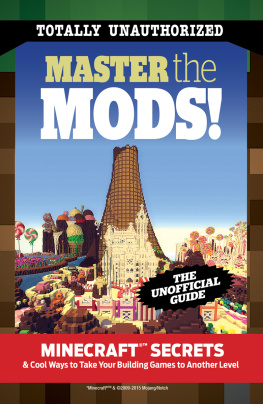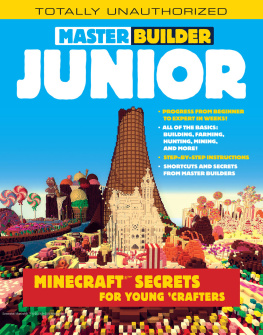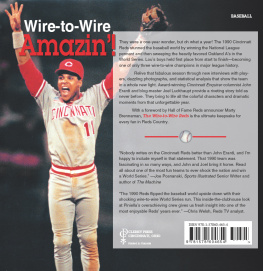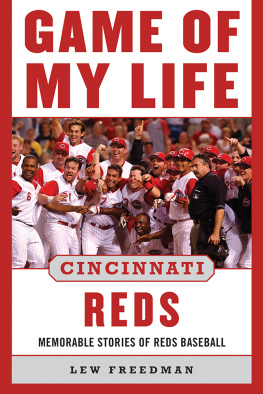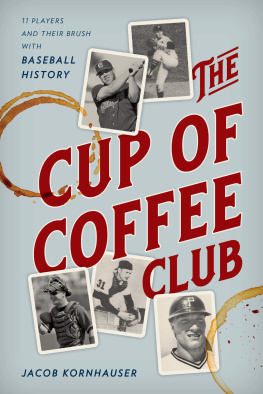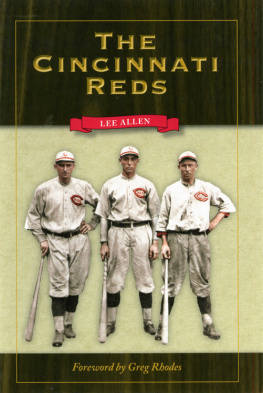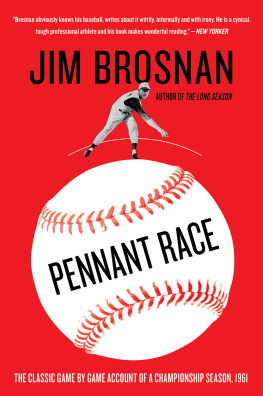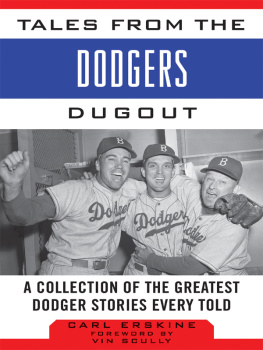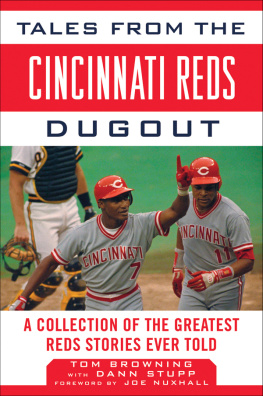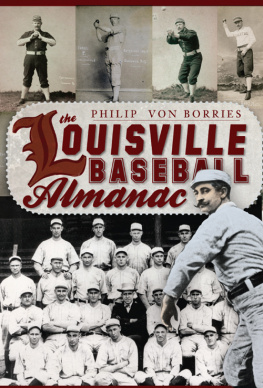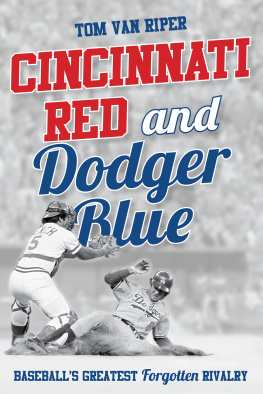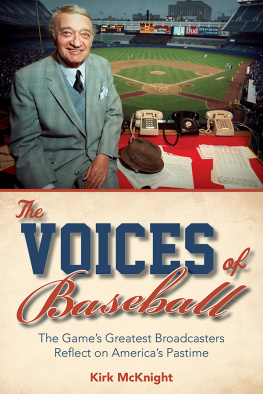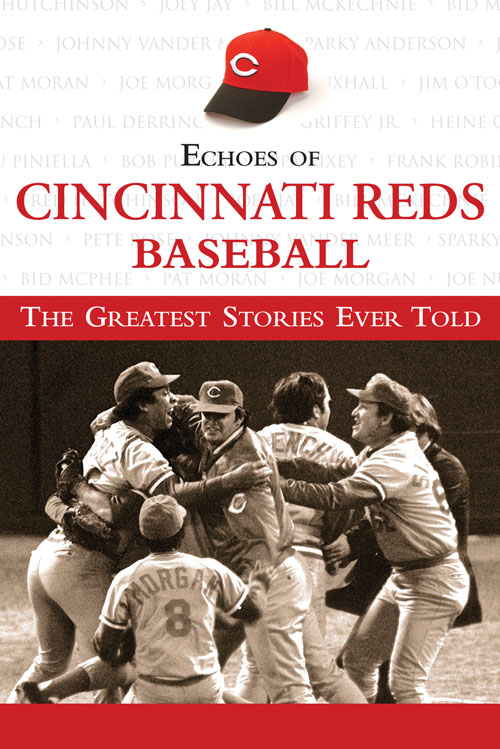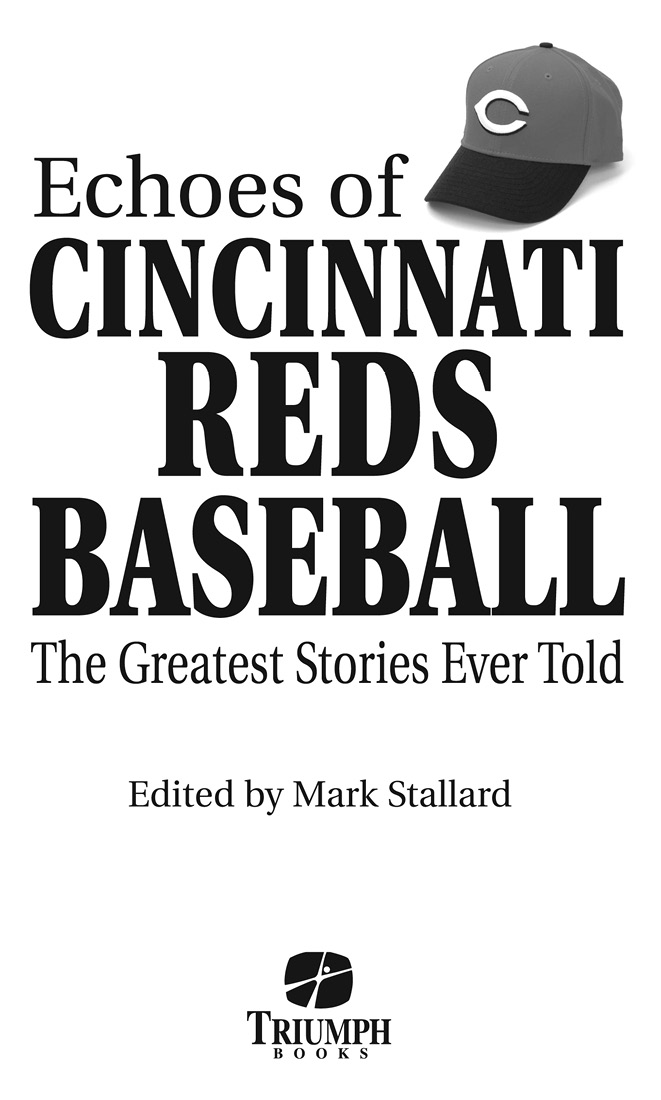
CONTENTS
Section I: The Players
Section II: The World Series
Section III: The Managers
Section IV: The Ballparks
Foreword by Jim OToole
I first pitched for the Reds at the end of the 1958 season. After making the team the following spring, I didnt become a regular starter for the club until 1960. Still, I never imagined that just a year later Id be pitching in the World Series against the New York Yankees.
If you look at the preseason predictions before the 1961 baseball season, the Reds were picked to finish no higher than sixth place in the National League by most of the writers. Throughout the 1950s the Reds had some great hitters: Frank Robinson, Gus Bell, Ted Kluszewski, and Wally Post. Pitching, though, had always been a problem. But in 61 we had what turned out to be a pretty good pitching staff. I won 19 games that season, and I was just starting to get my feet wet when it came to pitching well and winning for the Reds. Our big winner was Joey Jay with 21 wins, and Bob Purkey also had a good season.
Opening Day in Cincinnati has always been special, and back then maybe even more so. The Reds used to play the first game of the season every year because they were the oldest team in baseball, the first professional team. So the Opening Day game at Crosley Field each season had an additional bit of excitement, and to me at least, a real World Seriestype atmosphere.
The one thing I always did was work as hard as possible in spring training to win the opening day starting spot. I considered it a tremendous honor to start that first game, kind of a feather in my cap. I took the mound for Cincinnati on Opening Day in 1961 and was fortunate to beat the Cubbies 71. I even got a couple of hits.
After we clinched the pennant in late September, our manager, Fred Hutchinson, sent me, Joey Jay, and one of our catchers, Darrell Johnson, to New York to prepare for the World Series against the Yankees. The funny thing about us going there early was that we got to see Roger Maris hit his 61 st home runthe shot that broke Babe Ruths recordoff Bostons Tracy Stallard on the last day of the season. Id never been in Yankee Stadium before, so that was a special moment for me.
Hutch named me to start Game 1 of the Series against the Yankees, and when the game started, I was pretty nervous. The first two hitters I faced reached base, but when I got Maris to pop out, I knew Id be okay. I settled down and pitched well, but Whitey Ford beat me 20 that day. He beat me and the team again in Game 4. That was also the game Ford broke Babe Ruths pitching record of 29 consecutive scoreless innings in Game 4, a record he eventually stretched to 33 innings.
In a weeks time, I saw two of the Babes greatest records broken.
I wish we would have played better than we did in that Series, but the Yankees had an incredible ball club. Purkey pitched great in Game 3 and ended up taking a tough loss when Maris homered in the ninth inning. We didnt win the Series, but that doesnt take anything away from that season. It had been 21 years since the Reds had won a pennant and that was much too long for the city and her fans.
Cincinnati became my homeits a great city, a great place to raise a family, and with 11 kids and 31 grandchildren, that was important to me. How important was the 1961 season to me? I used the money I got from the World Series to buy the house I still live in.
Every time I put the on Reds uniform I tried to appreciate the significance of the team and remember how important it is to the fans. And its the history of the team that is conveyed on the pages of this bookthe great players, managers, and games that have made the Reds the unique organization that it is. The articles and stories in this book convey the wonderful history of the Reds organization.
Jim OToole
Introduction
When baseball began its quick ascent into the national psyche of the American public, the words of the first sportswriters firmly placed a lasting imprint of the game on the fans minds. Things have changed a great deal since those first scribes jotted down and published their thoughts and insights on baseball, especially the language used and the way games are reported. Today we can jump to a website and read a complete summary of a game less than an hour after it ends. No matter where you might live in the world, complete coverage is just a click away.
It wasnt always this easy.
In major league cities at the turn of the 20 th century, especially New York and Chicago, there were so many newspapers available that fans could buy five different publications and literally get five distinctive versions of the same game. On a national level, baseball fans waited impatiently for their copies of The Sporting News (TSN) and Baseball Magazine to arrive, hoping to find an article about their favorite team or player. Other national publications, such as the Saturday Evening Post and Esquire , occasionally had baseball articles, but TSN and Baseball Magazine ruled the national baseball scene.
In Cincinnati, fans could choose from the Times-Star , the Enquirer , or the Post to read about their beloved Reds. Writers such as James Isaminger, Stanley Frank, Lou Smith, Jack Cronin, Earl Lawson, and, most recently, John Erardi, covered the Reds for the local press. On a national level, F.C. Lane and W.A. Phelon wrote about the game for Baseball Magazine . Other great writers, like George Vecsey and Roger Kahn, wrote for several publications. Ron Fimrite and Steve Wulf wrote excellent baseball stories for Sports Illustrated .
Every memorable Reds moment, player, or manager has been written about, in one form or another, which presented a gigantic problem when compiling this book. How could I effectively pare down 125 years of Reds history into a couple hundred pages? What players to select or leave out, and what great moments do I make sure are included? It wasnt an easy task.
The Reds history is rich with Hall-of-Fame players. From Heine Groh to Ken Griffey Jr., the club had standout players every decade of the 20 th century and one of the greatest teams of all time in the 1970s. On the flip side, the Reds were involvedindirectly both timesin the two greatest scandals in major league history: the Black Soxs throwing of the 1919 World Series and the sad saga of Pete Roses banishment from the game for gambling. I tried to select a full representation of the teams entire history.
This collection of previously published stories on the Cincinnati Reds was gathered from many different sources: Baseball Magazine , The Sporting News , Sports Illustrated , SPORT , The Saturday Evening Post , and newspapers in Cincinnati, New York, and Chicago. The best thing about this collection is the time stamp almost every piece has: 1940 World Series coverage, Johnny Vander Meers second no-hitter, and Pete Roses 44-game hitting streak.
The words of the day.
Reading these tales transports you to the moment they happened, allowing you to relive the same joy or heartbreak as the readers of that era. Youll experience Reds baseball through the hearts and minds of the writers who loved the game as much as you do today.
I hope you enjoy this special look at Reds history.
Mark Stallard
Section I
The Players
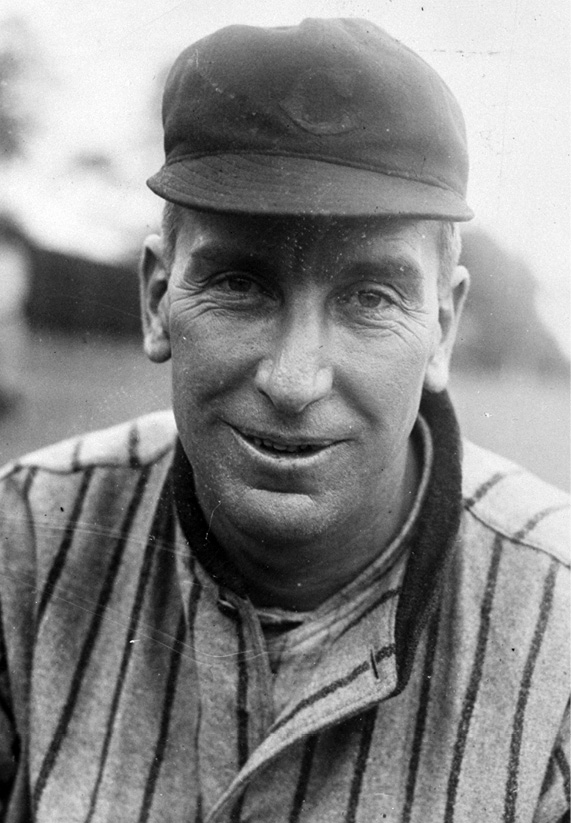
Eppa Rixey is one of baseballs best all-time left-handed pitchers, and one of the greatest characters the game has seen over the years.



